A worksheet using money and measurement concepts.
Use this worksheet when working with units of measurement and money.
Students use the information on the first page of the recipe to answer the questions and complete the calculations on the following 2 pages.
An answer sheet has been provided.
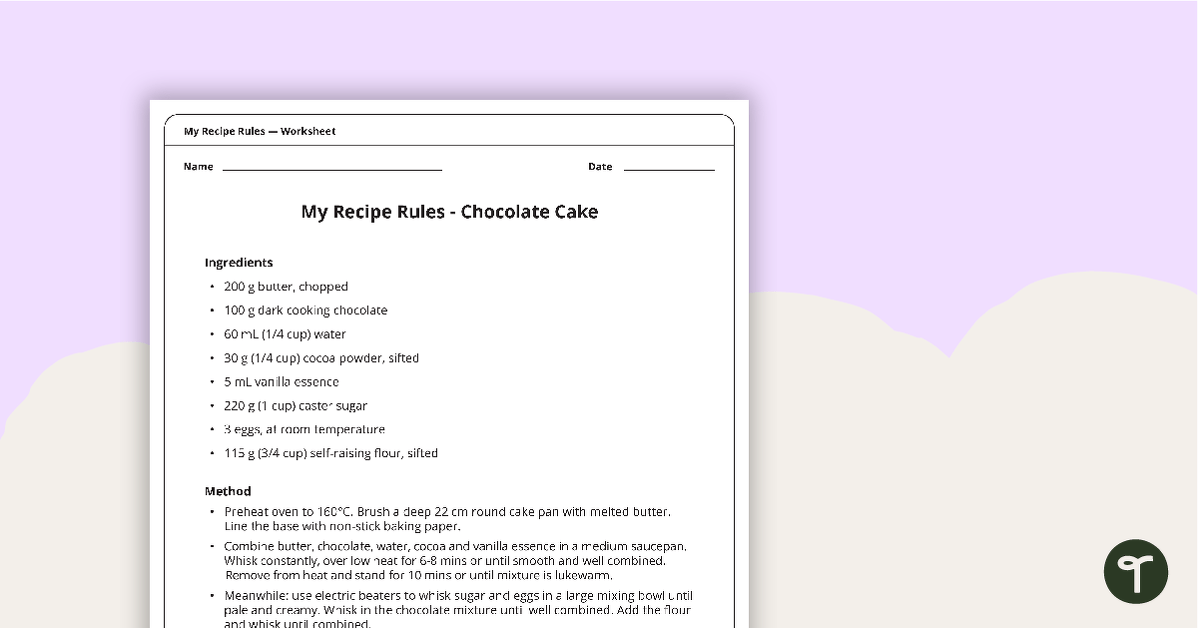

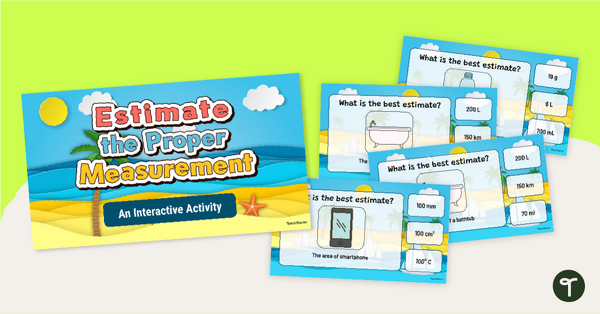
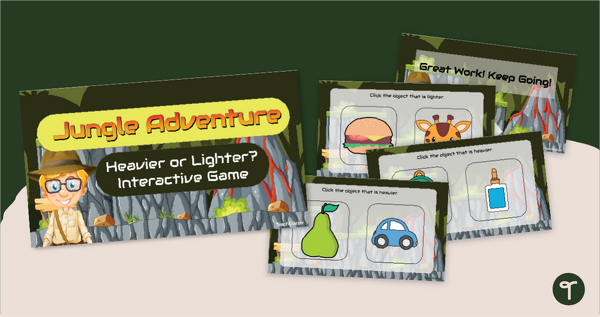
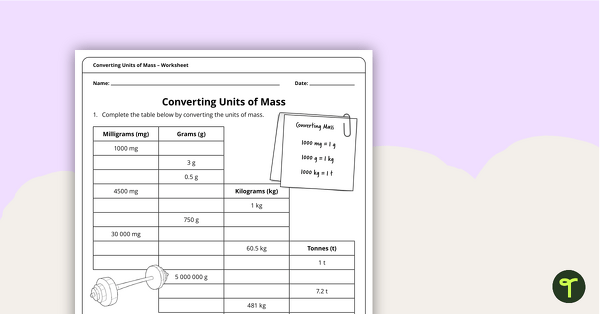
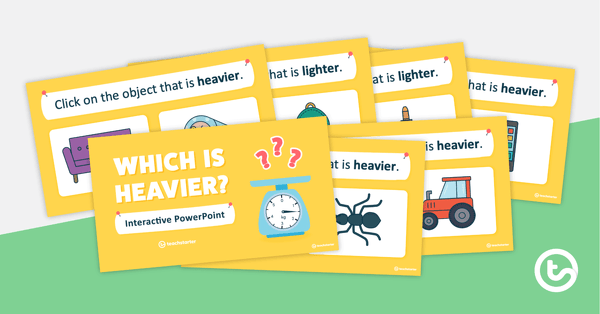
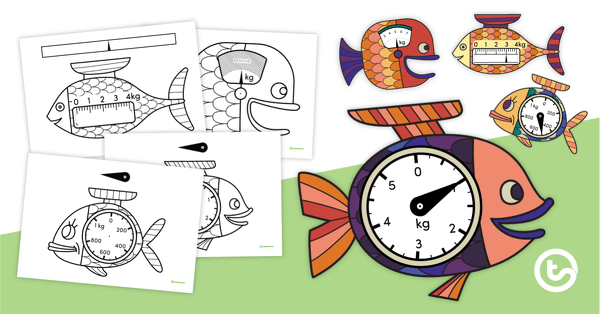
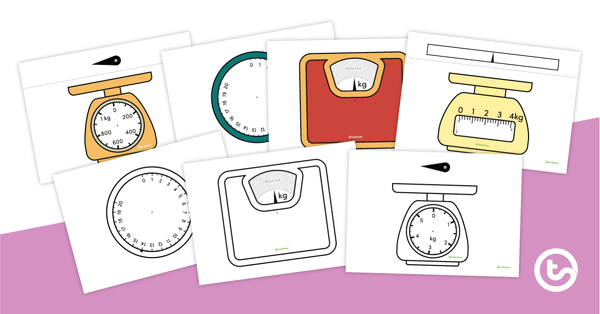
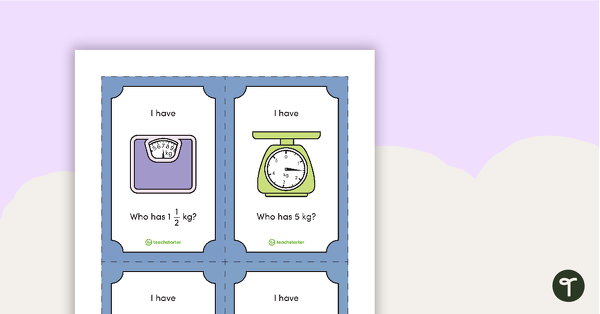
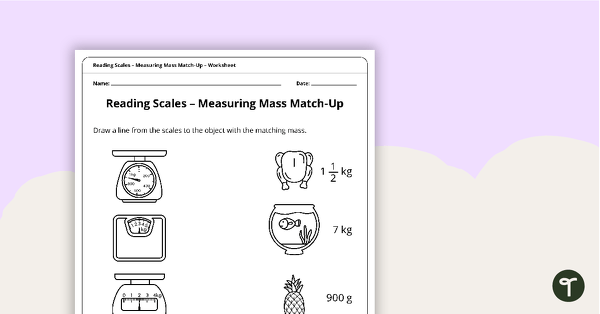
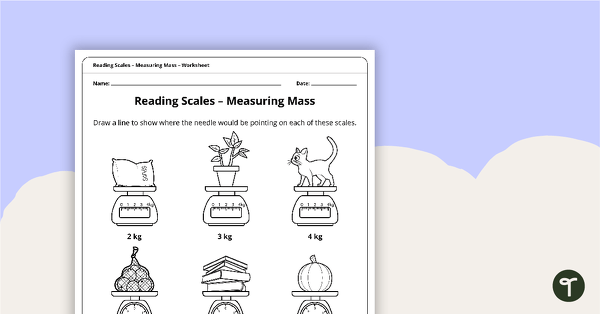
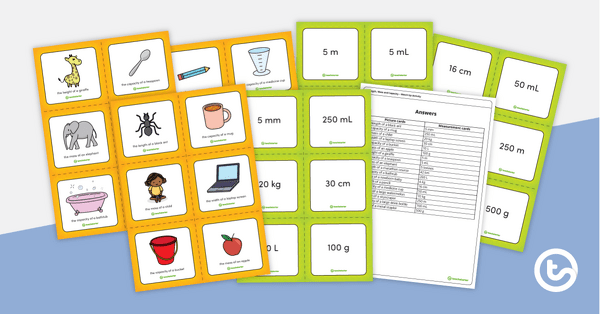
I like this activity but there is an error in this worksheet. In measurement comparisons it says (d) 20 mL = 0.2 L. Shouldn't this say 20 mL = 0.02 L?
Hi Martin, Thanks for bringing this to our attention. We'll fix the error on the answers page and let you know when it is fixed.
I appreciate all of the different skills needed to complete this activity. This activity will be good for my Math Rotations where students need to work independently on problems. One thing I see over and over in Math is that students think once they have done the first step, the problem is solved, or they have the answer. They need a lot more problems with multiple steps built in.
Hi Janeen, Thank you for your lovely feedback. I'm happy to hear that this activity will come in handy in your classroom. I hope your students enjoy completing it! Kind regards Jill